All About Bonds, Bond Mutual Funds, and Bond ETFs
$11.85
| Author(s) | |
|---|---|
| Format |
|
| Pages |
335 |
| Publication Year |
2009 |
All About Bonds, Bond Mutual Funds, and Bond ETFs is the key to understanding both traditional and new types of bond investments.This detailed but accessible introduction covers everything from basic bond characteristics to fixed-income investment techniques. You’ll gain a thorough education on such topics as yield, liquidity, duration, convexity, valuation, and emerging markets and find the answers to many questions a bond investor will ask, such as What percentage of my portfolio should be dedicated to bonds? What are the newest products and where do I find them? What are the risks involved with investing in bonds, bond mutual funds and bond ETFs and How can I use the Internet to my advantage?
This book includes information to assist bond investors to become more knowledgeable about their investments. Among the many changes to this edition are new chapters on foreign and emerging market debt, how to use duration and convexity concepts, and the inclusion of investing in bond exchange traded funds. Each chapter includes many new sections to provide both beginning and sophisticated bond investors with the tools to make more informed bond investments. Bond exchange traded funds are compared with bond mutual funds and investing in individual bonds.
The early chapters present information on the characteristics of bonds with the purpose of providing readers with an understanding of the workings of a bond, and their performance with regard to risk and return. The following chapters present the different types of bonds (Treasuries, government agency bonds, GNMA, FNMA, collateralized mortgage obligations, municipal bonds, corporate bonds, convertible bonds, zero coupon bonds, and foreign bonds) along with a comparison of the corresponding mutual funds and bond exchange traded funds. These chapters provide readers with the information to make their choices as to whether to invest in individual bonds, or bond mutual funds, or bond exchange traded funds. The last chapter provides the information to manage a bond portfolio.
Contents:
- What Bonds Can Do for You and Why You Should Consider Investing in Them
- Characteristics of Bonds
- Risks of Bonds
- Yield and Price
- Duration and Convexity
- The Economy and the Bond Markets
- Money Market Securities
- Treasury Securities
- Government Agency and Pass-Through Securities
- Corporate Bonds
- Municipal Bonds
- Convertible Bonds
- Zero Coupon Bonds and Zero Coupon Mutual Funds
- International and Emerging Market Debt
- Closed-End Funds
- Portfolio Management and Evaluation
All About Bonds, Bond Mutual Funds, and Bond ETFs by Esme Faerber pdf
7 reviews for All About Bonds, Bond Mutual Funds, and Bond ETFs
Clear filtersOnly logged in customers who have purchased this product may leave a review.

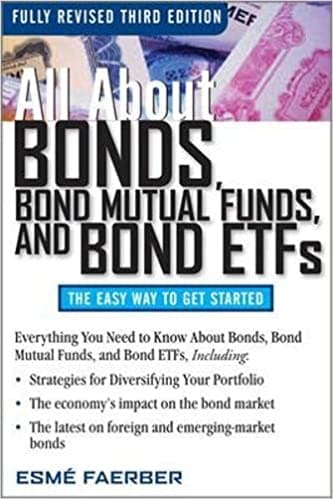
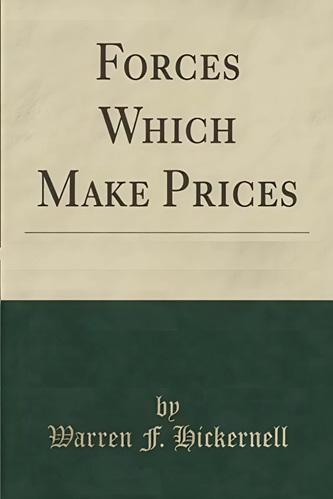
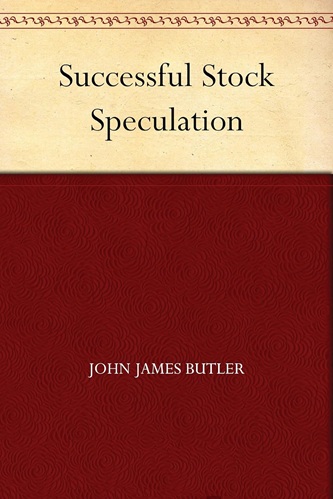
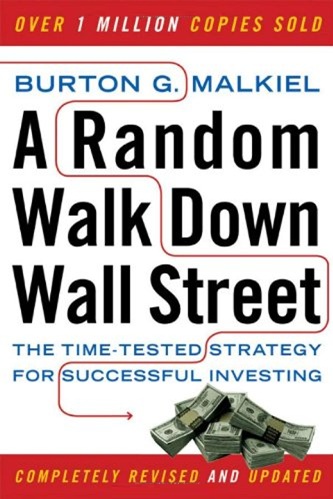
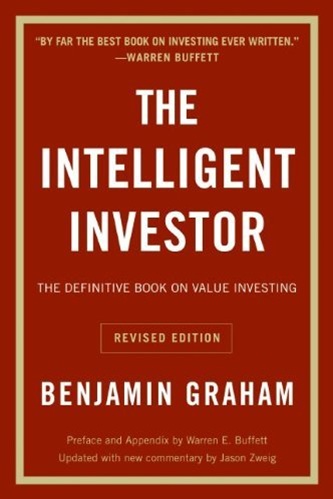

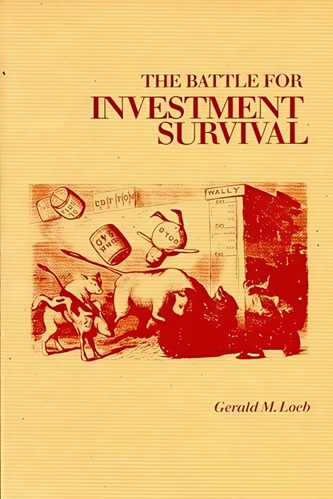
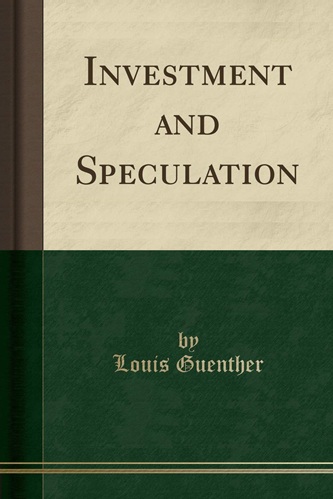
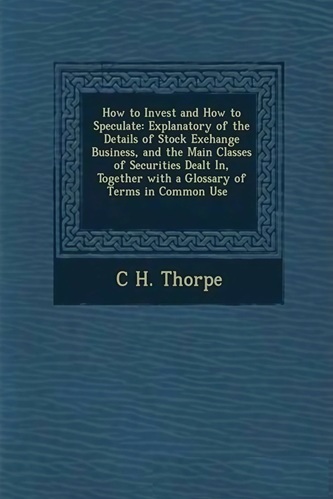
Charley Marquez (verified owner) –
I used this book to get an understanding of investing in the bond market, particularly through the use of ETFs. This book was excellent in explaining all the different types of bonds inc their advantages and disadvantages. It also excellently explained the risks associated with bonds and helped me understand my risk tolerance.
Allen Stuart (verified owner) –
This is a very good introductory book on BOND investing.
Very well written with a lot of good section in each chapter (advantages, disadvantages, ecc…).
Antonio Yates (verified owner) –
Informational
Lea Compton (verified owner) –
Very good for beginners
Lyra Mullins (verified owner) –
Very easy to read and follow book on fixed income (bond) investing. I learned a lot from this book.
Fletcher Patrick (verified owner) –
This book covers all the basic information you need to understand almost all types of bonds. The book also gives reader charts that show the advantages and disadvantages of investing in different types of bonds directly and by using mutual funds and exchange traded funds (ETFs). The book walks you through the different characteristics of bonds, the risk different classes of bonds contain, how to figure the yield of a bond by their interest payout and price. The book examines treasury bonds, corporate bonds, municipal bonds, convertible bonds, zero coupon bonds, international and emerging market bonds. The book explains both the level of risk in each type and what influences the specific bonds value.
Contrary to popular belief bonds are not risk free investments, they have inflation risk, interest rate risk, and credit risk. Although historically they are less volatile than stocks, interest rate hikes and credit downgrades from the issuer can cause bonds to lose the value of the original invested capital. By understanding the characteristics of each class of bonds you can control the risk to your invested capital to some degree.
While this book is a very dry read, it does contain all the basic information to introduce readers to how bonds work and how best to invest in them.
“The saying on Wall Street that investors buy stocks to obtain wealth, and buy bonds to keep their wealth aptly summarizes why bonds are an important part of an investors’ portfolio.”
Stormi Fox (verified owner) –
When it comes to economics, I loved it. Enough said.